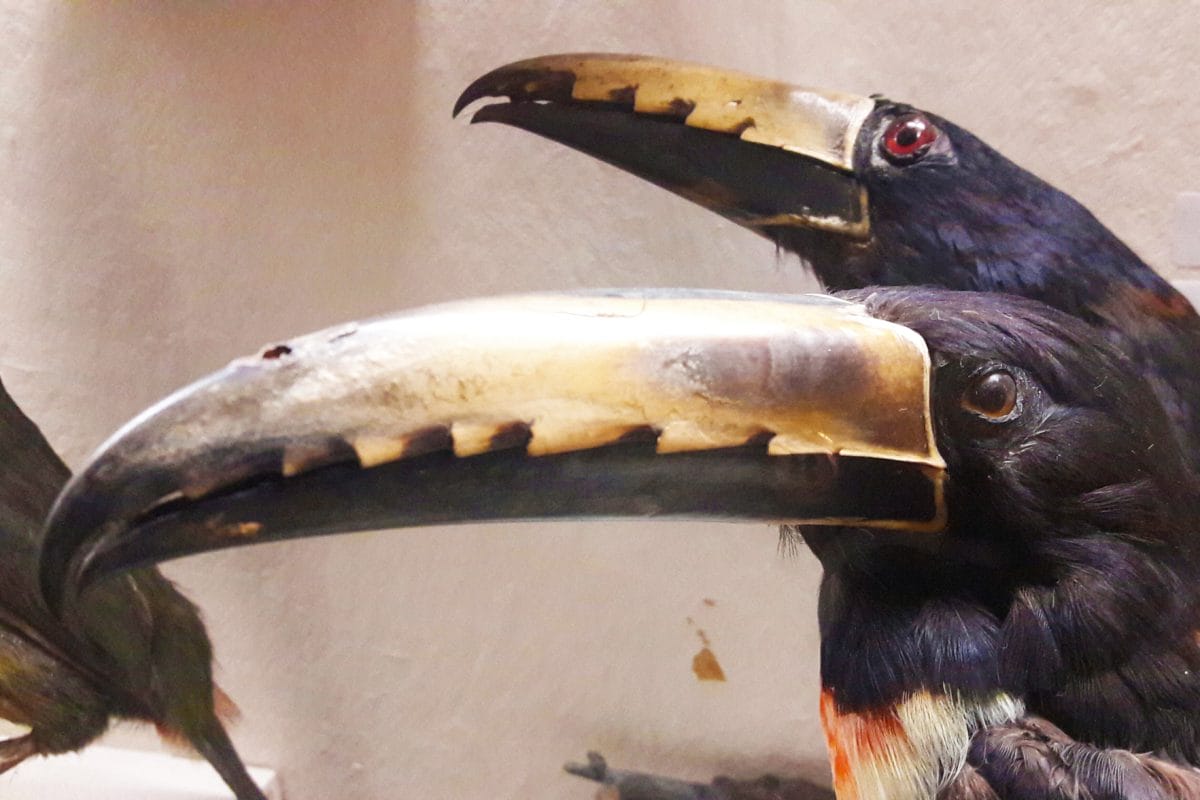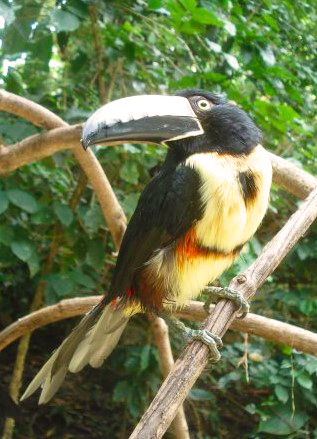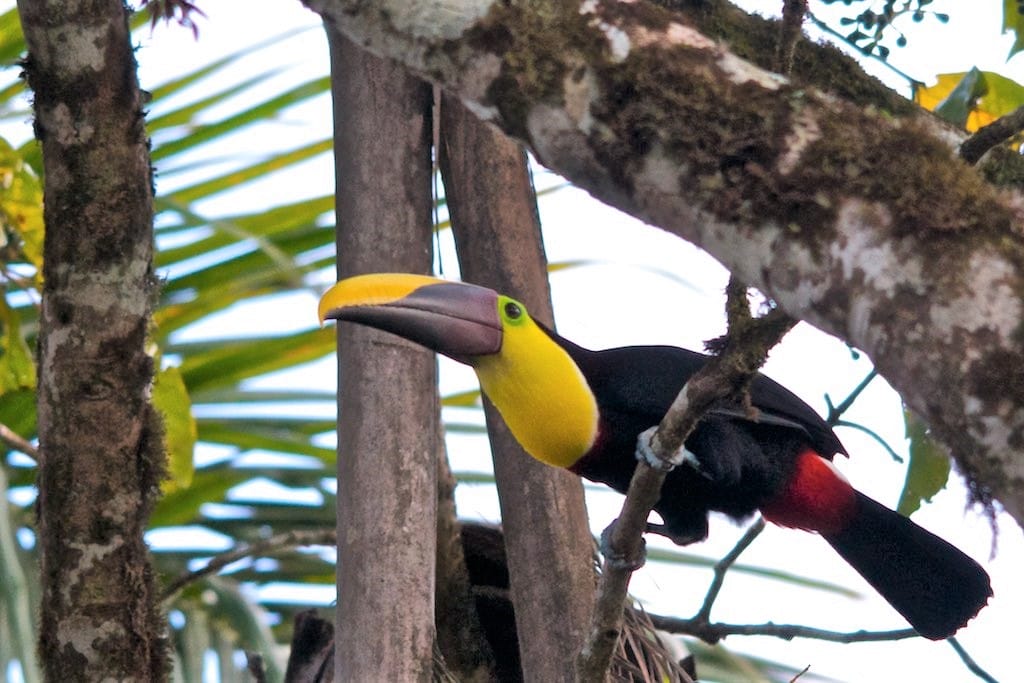Celebrity Status
In most museums, the collections are divided into categories. At the Horniman it is easy, we have roughly three groups; music, anthropology and the natural world. Within those are collections that are assigned, for example, by who, where, or perhaps when, they were collected.
The most exciting collections to the average person are probably those of famous people, such as Charles Darwin or Mary Anning. Taking this a step further, someone’s excitement over celebratory status can extend to a personal association, such as a specimen that was collected where you grew up, or collected by someone who is from your village, city or country.
The Horniman Museum began as the private collection of Frederick Horniman, who passed away five years after the Museum opened on its current site in 1901. The specimens from his original collection are known as the Frederick Horniman Collection, and are of epic (niche) celebrity status. Not just for their age, but for the connection to Horniman and that they form the foundation of the legacy he left to us. This month’s specimen is one such treasure.

A Big Home
The collared aracari (ah-rah-sar-ree – you’re on your own for collared) is also known as the spot-breasted aracari. The preferred (natural) habitat is wet or moist forests, though in an ever-changing world, the collared aracari also has a postal address in many fruit, cacao and coffee plantations. Well, why not, it was there first.
The aracari is a non-migratory species and so live, breed, frolic, and grow old in their home range. This is referred to in the biz as ‘sedentary’. I know a few people who’d be marked as sedentary if they were in a natural history book.
The aracari may not go outside its range, but then it is huge; stretching from southern Mexico, throughout Central America, and down into northern Venezuela and Columbia. Having such a large range, in terms of a wild animal surviving in a world dominated by our anthropocentric attitude, is a good thing.

I had the great pleasure of running into a collared aracari in Guatemala a few years ago. A convivial chap. © Emma-Louise Nicholls 2009
Trouble with the Neighbours
I applaud your observational skills if the aracaris’ bill led you to the (correct) conclusion that it is a member of the toucan family; Ramphastidae.
As with all families that live too close together, there are frequent problems. It seems odd for such a beautiful bird but if the aracari lapses in concentration for a moment and leaves its nest unguarded, the black mandibled toucan (see below) will sneak in and, can you believe it, eat the contents. Your family issues don’t seem so bad now, huh?



